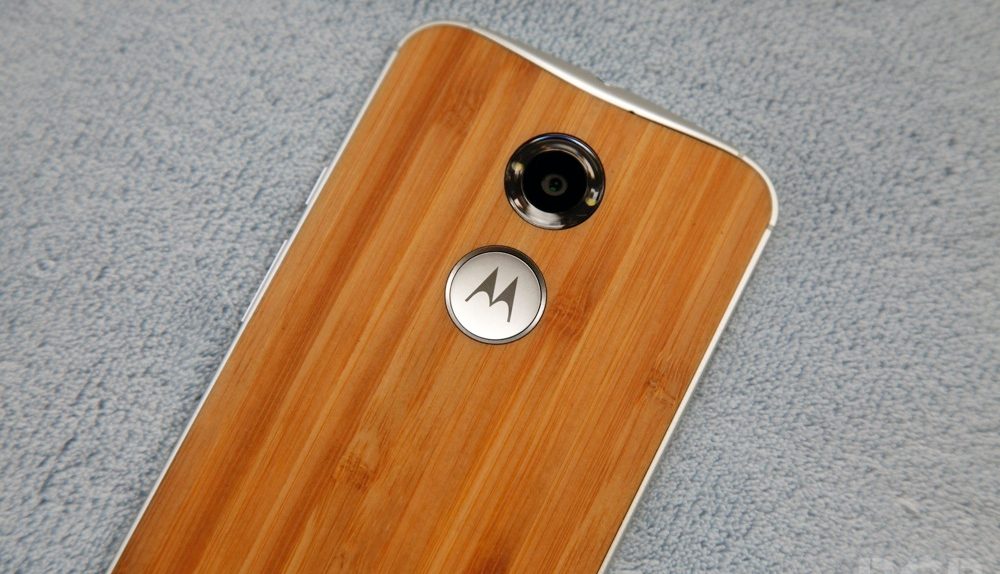Motorola’s smartphones don’t get the same level of hype and attention that Samsung’s do, and that’s actually a real shame. One of the things that really impressed us about the second-generation Moto X in particular was how it didn’t spam us with gimmicky software — instead, the few additions it made to Android were really well thought out and useful. In an interview with Green Bot, Motorola senior VP of software engineering Seang Chau explains how the Moto X’s lack of bloatware is all part of the company’s philosophy of leaving a light touch on its devices.
DON’T MISS: Time Warner Cable Really, Really Stepped in it This Time
“We’ll look at all the things they do — every step — and ask ourselves, how can we make this better?” he explains of how Motorola’s software team approaches new Android devices. “You’d be surprised at how often the answer to those questions is to not do anything. Don’t change the color of the status bar. Don’t skin the email application, the Lock screen, the Home screen, or the launcher. If users want their applications and screens to look different, they’ll download the app they want.”
This is really what Android represents at its best — the ability to give users as much choice as possible about the devices they use. The trouble has always been that this flexibility has also allowed many OEMs to make choices that don’t improve user experience and instead only clog up our storage space with apps we’ll never use. What’s more, this bloatware slows down the upgrade process because OEMs have to test out new versions of Android on all their apps and services before they push out the latest release.
Chau also shows he understands why Motorola doesn’t need to add bloatware to its phones — because if users want something on their phones, they will just download an app from Google Play that likely does what they want better than the software OEMs are offering. Of course, Motorola does offer some of its own software on its devices but that software tends to be something that doesn’t at all get in your way when using the device.
Be sure to check out the full interview with Chau by clicking here.






